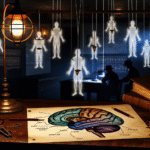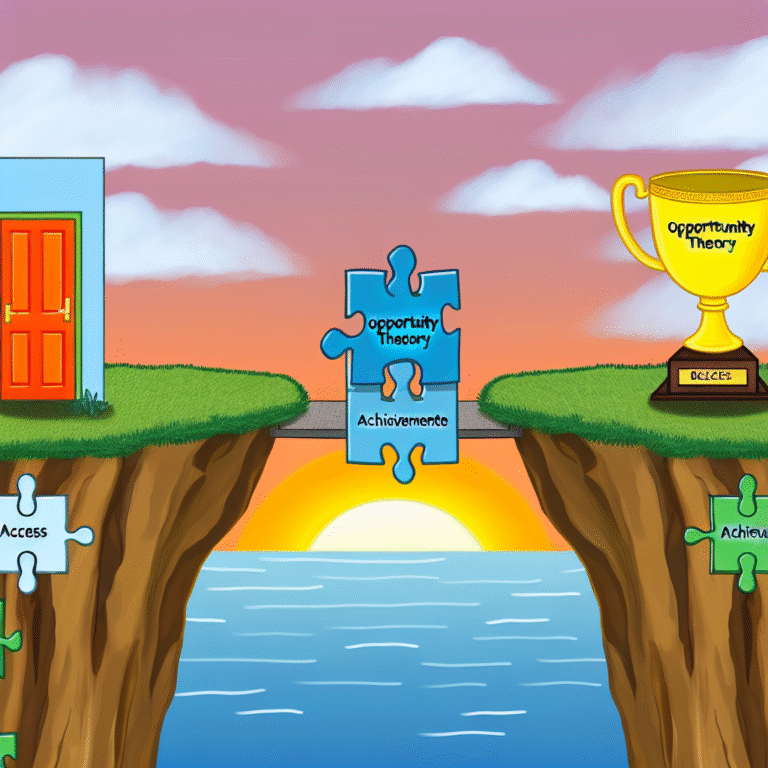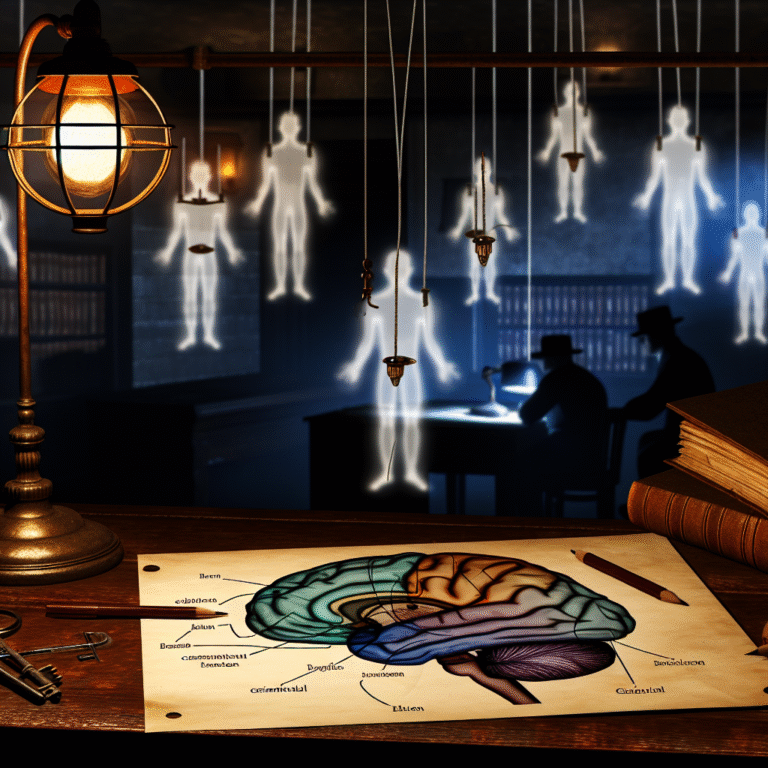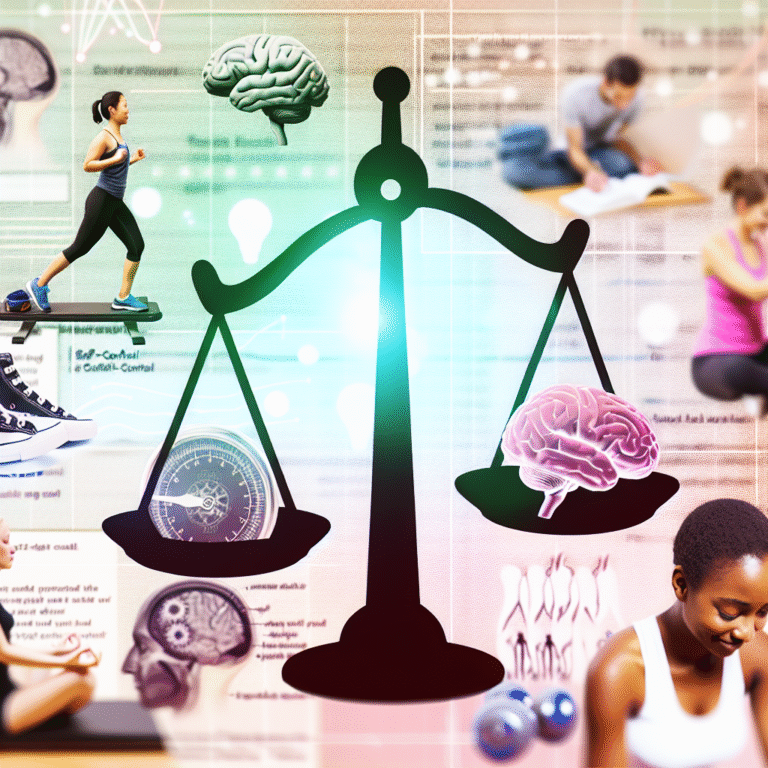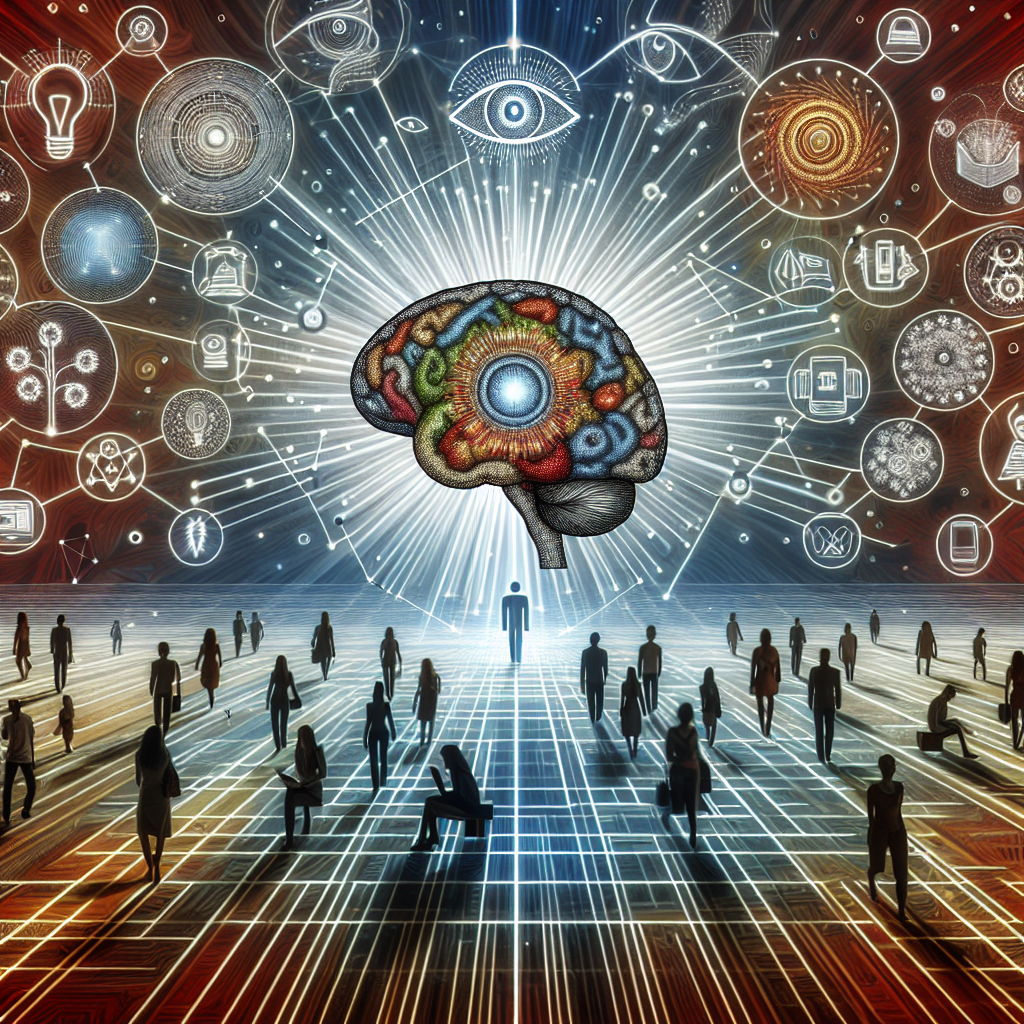
Introduction
In an era dominated by technological innovation and social evolution, understanding how we learn from one another has never been more crucial. The essence of our social interactions, behaviors, and even our emotional responses are often shaped by observation. This phenomenon is encapsulated in Social Learning Theory, a framework that underscores the role of observation in the learning process. In this article, "The Power of Observation: Understanding Social Learning Theory in Today’s World," we will explore how this theory applies to various aspects of modern life, from education to workplace dynamics and beyond.
By grasping this concept, you’ll not only enhance your personal development but also improve interpersonal relationships, foster collaborative teamwork, and even contribute positively to your community. Let’s dive deep into the heart of this transformative theory.
Understanding Social Learning Theory
A Brief Historical Overview
Social Learning Theory was pioneered by Albert Bandura in the 1960s. Bandura proposed that learning occurs not just through direct experience but also through observation and imitation. This was a significant departure from traditional behaviorist theories, which emphasized learning solely as a function of reinforcement from the environment.
Key Components of Social Learning Theory
- Attention: The learner must pay attention to the behavior being modeled.
- Retention: The ability to remember the behavior after observation is crucial.
- Reproduction: The learner must have the ability to reproduce the observed behavior.
- Motivation: The will to replicate the behavior, often influenced by rewards or punishments, plays a significant role.
The Impact of Observation
Observation functions as a powerful learning tool. Think about it: Children learn language by hearing adults speak. Individuals pick up social norms by watching their peers. This highlights what we call "the power of observation."
As you maneuver through social situations or workplace dynamics, your understanding of Social Learning Theory will allow you to contextualize what you observe and apply it effectively in your own life.
Real-World Applications of Social Learning Theory
Education: A Case Study
Case Study: The Peer Teaching Model
In educational settings, peer teaching exemplifies the power of observation. When students are encouraged to teach each other, they engage both as learners and instructors, observing their peers’ techniques and knowledge. A study conducted by the University of Chicago showed that students participating in peer-led learning structures scored 20% higher on assessments than those taught exclusively by instructors.
Analysis
This case reinforces the principle that learners often find it easier to absorb information when it is relayed through someone they perceive as relatable. The observation of peers’ methods not only aids comprehension but also fosters a collaborative environment.
The Workplace: Building a Culture of Learning
Case Study: Google’s 20% Time
Google encourages its employees to spend 20% of their time on projects they are passionate about. This initiative nurtures a culture of observation and innovation. Team members observe each other’s creative processes, sharing insights that can lead to groundbreaking ideas like Gmail and AdSense.
Analysis
This case study illustrates that when organizations foster environments where observation is encouraged, they create spaces for innovation. Employees learn not only from formal training but by observing the unconventional approaches and solutions developed by their peers.
Social Media: A Double-Edged Sword
Social media platforms amplify the principles of Social Learning Theory. With influencers and content creators, users observe and often imitate desired lifestyles.
Case Study: TikTok Trends
Trends on TikTok often emerge from mimicry, as users replicate dances, challenges, and even recipes they observe in viral videos. One viral dance can lead millions to learn choreography simply through observation.
Analysis
While this demonstrates the engaging nature of social learning, it also raises questions about authenticity and mental well-being, as individuals may feel pressured to conform to idealized behaviors they observe.
Community and Social Change
Observational learning can be a catalyst for societal change. Social movements, often propelled by leaders who model action, inspire others to join.
Case Study: The Ice Bucket Challenge
The ALS Ice Bucket Challenge went viral in 2014, propelling awareness and funding for Lou Gehrig’s disease research. Observers felt motivated to participate after watching others engage in this act of solidarity.
Analysis
This highlights how powerful observation can be in instilling social responsibility. Observational learning not only galvanizes individuals but also creates a sense of community around shared goals.
Understanding the Dynamics of Observation in Today’s World
The Role of Technology
In today’s digital world, the power of observation has expanded beyond physical spaces. Online platforms allow for immediate access to models we may never meet face-to-face.
- Techniques to Enhance Learning Through Observation:
- Engage with content creators who resonate with your interests.
- Join online webinars where you can observe industry leaders in real-time.
- Take curated courses that utilize video modeling for skills training.
Psychological Insights: The Motivational Factor
Motivation profoundly influences whether individuals will translate observations into action. Research suggests that extrinsic rewards can sometimes undermine intrinsic motivation. Thus, recognizing the balance between reward systems and self-motivation is vital for effective learning and behavior replication.
Cultural Variations in Observational Learning
Cultural context plays a critical role in how observation is applied. Different cultures might prioritize group learning versus individual achievement, which affects knowledge acquisition.
- For example: In collectivist cultures, observational learning may focus more on community practices, while individualist cultures may emphasize self-driven experimentation.
Conclusion
The power of observation firmly establishes itself as a fundamental aspect of how we learn, adapt, and grow in various environments. Social Learning Theory provides a solid framework that explicates the intricacies of this process, emphasizing that not all learning is direct.
As you reflect on the various case studies and insights shared, consider how you can actively apply these principles in your life—both personally and professionally. Engage in communities, foster collaborative environments, and recognize the subtle yet impactful ways you can inspire change through observation.
Call to Action
Empower yourself and those around you by becoming more observant and deliberate in your learning. Seek out mentors, engage with peers, and embrace the lessons that come from observation. In doing so, you will not only enrich your own experiences but positively influence those within your sphere.
FAQs
1. What is Social Learning Theory?
Answer: Social Learning Theory posits that behavior is learned through observation and imitation of others, emphasizing the importance of models in the learning process.
2. How does observation affect teaching methods?
Answer: Teachers who incorporate observation—such as peer teaching, group work, or live demonstrations—often see improved understanding and retention in students.
3. Can Social Learning Theory be applied in the workplace?
Answer: Absolutely! Many companies use observational learning to foster innovation and collaboration, creating environments where employees can learn from one another effectively.
4. How can technology enhance observational learning?
Answer: Technology provides access to diverse learning models, enabling users to observe experts and peers from anywhere in the world through webinars, online classes, and social media platforms.
5. Are there any downsides to observational learning?
Answer: Yes, observational learning might lead to adopting negative behaviors if individuals model detrimental actions or lifestyles they observe, especially on platforms like social media.
By understanding The Power of Observation: Understanding Social Learning Theory in Today’s World, you can utilize these insights to transform not just your own learning but the learning environment around you. Embrace the potential of observation, and allow it to guide you toward meaningful growth.

